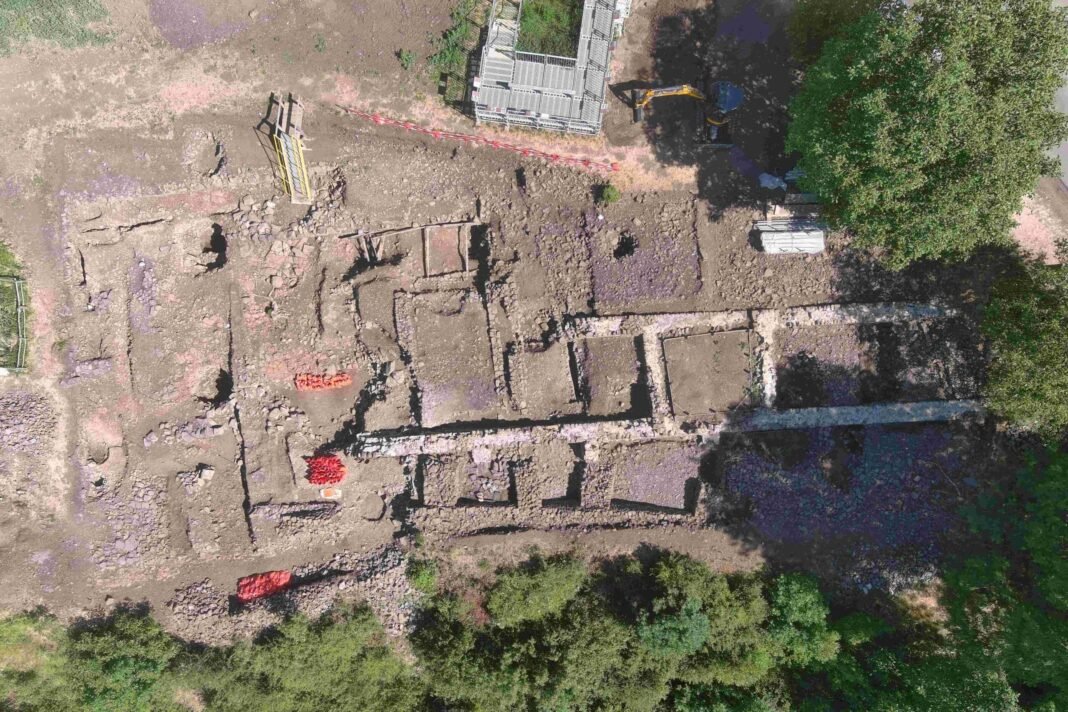
A single photograph of a tourist holding aloft a sizable, ancient fragment of white marble, seemingly removed from the historic grounds surrounding the iconic Portara on Naxos, has ignited a fierce outcry across Greece.
The photograph, taken by Naxos resident Kiriakos Jr. Boulamatsis, casts a stark spotlight on the vulnerability of the nation’s ancient treasures. The picture’s stark message immediately resonated with locals and cultural heritage advocates who viewed the act as a profound desecration.
Boulamatsis’ accompanying post encapsulated the widespread anger and frustration: “Many words are poor. Immediate guarding and protection. Not today, yesterday. They crossed the limits. Wake up before it’s too late and in the end only the hill with the steps is left. Stop it immediately!!!”
His impassioned plea to the Municipality of Naxos called for urgent action, emphasizing that such behavior, if committed in other countries, would lead to severe penalties including imprisonment, fines, and deportation. This disturbing incident, according to Boulamatsis, is far from isolated. It serves as a stark visual testament to what he describes as daily occurrences of disrespect and potential damage at the Portara site.
The core of the problem, he asserts, lies in the unchecked phenomenon of “overtourism,” exacerbated by a critical lack of adequate security and proper staffing. As thousands flock to experience the grandeur of Naxos, the absence of stringent oversight leaves this 2,500-year-old monument, a symbol of ancient Greek civilization, exposed to deterioration and deliberate harm.
Portara of Naxos in need of protection

Portara of Naxos is one of the most iconic and enduring symbols of the Cycladic islands. It is a monumental marble gateway that has stood proudly at the entrance to Naxos harbor for over 2,500 years. This imposing structure is the only surviving part of an ancient temple dedicated to the god Apollo, a colossal project that was left unfinished in antiquity. Despite its incomplete state, the Portara’s rich history and architectural grandeur continue to captivate visitors and researchers alike.
The temple’s construction began around 530 BC under the tyrant Lygdamis, who envisioned a structure even grander than the Temple of Olympian Zeus in Athens. However, political turmoil led to the project’s abandonment.
What remains today is the magnificent Portara, a 6-meter-high (20-foot-high) and 3.5-meter-wide (11.5-foot-wide) gate, crafted from high-quality Naxian marble. This brilliant white crystalline marble, quarried on the island since ancient times, was renowned for its exceptional purity and durability, making it a favored material for sculptures and grand constructions across the ancient Greek world.
The Portara of Naxos, a timeless testament to ancient Greek civilization, urgently requires increased protection and stringent management to ensure its preservation for future generations. Without immediate intervention, the very essence of this historic landmark is at stake.


